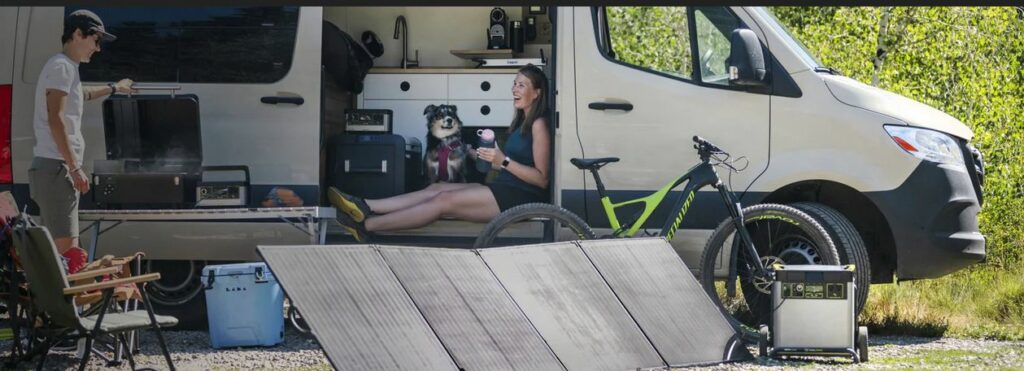If you are shopping for a portable power station or you’ve bought one in the past, you have most likely come across the name Goal Zero.
It’s one of the biggest and best known brands in the solar power station market. They make a range of portable solar generators, most notably the Yeti solar generators.
They also sell a variety of accessories and sustainable power solutions such as solar panels, home and vehicle integration kits, backup batteries and so on.
In this brand guide, we discuss everything you need to know about Goal Zero, who they are, what they sell, and whether it’s a good brand.
Who Is Goal Zero?
If this is the first you are hearing of Goal Zero, here’s a quick explainer of who they are.
Goal Zero is a solar power company that mostly sells portable solar products including power stations, solar generator kits, solar panels, lights and various accessories.
Goal Zero products are primarily targeted at outdoor enthusiasts like campers and hikers. But they are great for any situation that takes you away from grid power like road trips, RVing, boating, camper vans, overlanding, field work and so on.
Goal Zero solar products have also often been used in disaster areas after earthquakes, hurricanes and other emergencies where grid power is not available.
Over the years, Goal Zero has introduced products for home backup including larger power stations, backup batteries and home integration kits.
You can buy Goal Zero products from their official website. They are also available at major online retailers like Amazon as well as some brick and mortar stores.
By the way, Goal Zero’s parent company is NRG Energy, one of the largest independent power producers in the US. NRG acquired Goal Zero back in 2014. Yes, Goal Zero has been around for a long time.When Was Goal Zero Started?
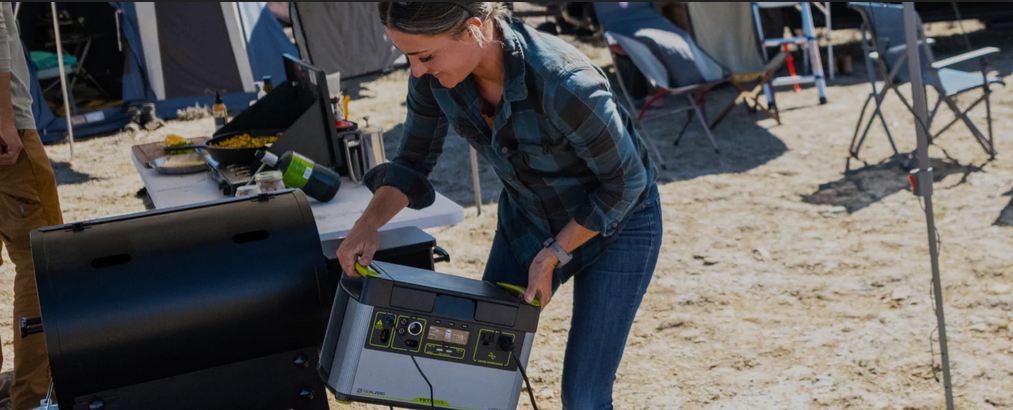
Goal Zero launched in 2009. But their story actually starts a bit earlier in 2007.
Goal Zero’s founder, Robert Workman, was involved in humanitarian work in the Democratic Republic of the Congo, helping villagers lift themselves out of poverty.
In 2008, Robert created the first portable solar power kit targeted at rural African communities. Called GoBe, the kit included a battery, a solar panel and an LED light.
In 2009, Goal Zero launched as a business and introduced the Escape 150 portable power station as well as a portable solar panel and lantern.
Since then, the company has continually expanded their offerings while introducing better and more innovative products.
They’ve also continued with their humanitarian work. In 2010, they donated batteries and lights to Haiti after an earthquake. They donated kits to Japan in 2011 after the Tsunami. In 2020, they helped manufacture face shields for health workers in the frontline of fighting the pandemic.
Is Goal Zero An American Company?
Goal Zero is an American company based in Salt Lake city, Utah. The parent company, NRG Energy, is also American.
While Goal Zero is based in the US, they manufacture most of their products in China.
Is Goal Zero A Good Brand?
Goal Zero has been selling solar generators and other products for years. They are a proven and reliable company.
Goal Zero power stations generally have positive reviews. They may not be the best power stations in the market in terms of features and value for money, but they are good quality and built to last.
Goal Zero also offers great customer service, long warranty coverage, and excellent product support in case of any issues.
Goal Zero Power Stations
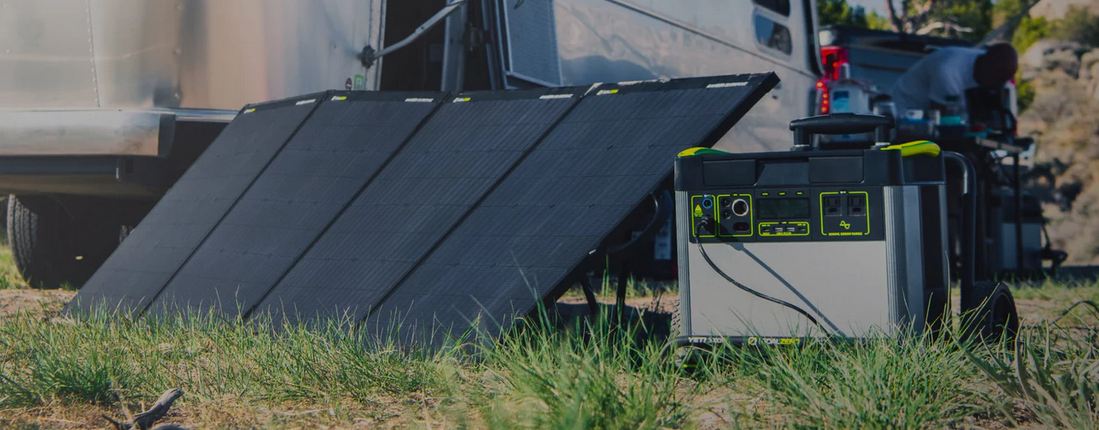
Goal Zero’s most popular products currently are the Yeti X power stations. Goal Zero introduced them in 2020 and they come with major upgrades over earlier models.
The Yeti X power stations have more power and capacity, faster charging MPPT charge controllers, longer lasting Li-ion batteries, and more outlets to support different appliances and devices.
Here’s a quick breakdown of power stations in the Yeti X lineup starting from the smallest (and lightest) to the most capable.
Other Goal Zero Products
Beyond the Yeti power stations, Goal Zero manufactures and sells many other products. Most of these are accessories to complement your power station.
For instance, they have portable solar panels designed to charge the Yeti power stations. These are handy if you plan to spend a lot of time outdoors or want to be ready for an extended power emergency.
If you are not sure which solar panel is best for your power station, Goal Zero sells pre-configured solar generator kits that include a power station, solar panels and any accessories you need.
You can choose which kit best meets your power needs.
Lately, Goal Zero has gotten into home backup power solutions. Their larger power stations - the Yeti 1000X to 6000X - are great for home standby power.
These power stations are also expandable using the Yeti expansion tanks, which are lead-acid battery packs. You can also get a home integration kit that lets you connect your Yeti directly to your home grid.
Goal Zero has several pre-configured home backup kits, some with just the integration kit, others complete with expansion batteries.
One of Goal Zero’s first products was a portable solar lantern. They still sell various kinds of lights and lanterns for power emergencies and outdoor adventures. These include the popular Crush Lights, the Lighthouse lanterns, and the highly portable Light-A-Life light packs.
For other products and accessories from Goal Zero, visit their official online store.
Can Goal Zero Power A House?
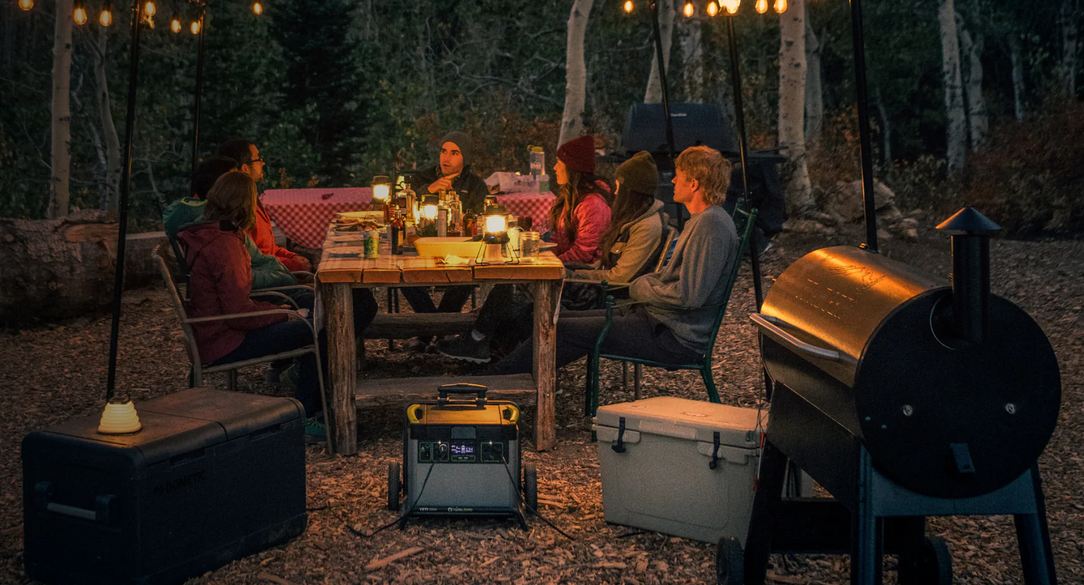
This is a question we get a lot regarding solar generators in general; can they power an entire house?
The answer is no. Most solar generators, including those from Goal Zero, cannot power the average home.
Homes have too many large appliances and systems (e.g. AC, water heater) for a power station to handle on its own.
Even if you have a lot of capacity like with the Yeti 6000X, power stations cannot meet the power demand of an entire home.
The Yeti 6000X, despite its large capacity, has a max output of 2000W. That doesn't change even if you expand capacity.
2000W is just enough to run a few household appliances.
That said, Goal Zero Yeti power stations can power a part of your home. That’s where the Goal Zero integration kit comes in. It lets you deliver power from the Yeti directly to appliances and outlets.
But you have to be selective about which circuits you connect to the Yeti to avoid exceeding the 2000W load limit.
Can Goal Zero Power An RV?
An RV is nowhere as big as a home, so surely you can power one with a Goal Zero power station?
Well, probably not. Most RVs and motorhomes have some high-consumption appliances and systems like an electric cooker, AC and a water heater system.
A 2000W Goal Zero power station will not be enough to power all these. If you have a 240V AC or water heater system, the power station won’t power it at all since it produces 120V power.
What you can do is power select appliances. Using the integration kit, you can connect the Yeti power station to your fridge, TV, lights, and outlets.
How Long Do Goal Zero Power Stations Last?
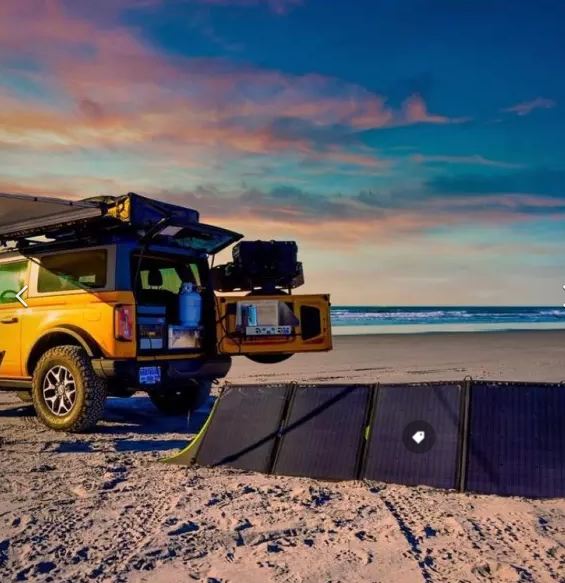
The kind of battery in a power station determines how long the power station will last. With the new Yeti X power stations, Goal Zero moved away from lead acid batteries to longer lasting lithium-ion batteries.
Li-ion batteries have a cycle life of about 500 cycles to 80% capacity. That means you can charge and discharge the power station 500 times before capacity deteriorates to 80% of the initial capacity.
That translates to 2-3 years of normal use. You can still use the power station after that, but capacity will gradually drop.
The full lifespan of Goal Zero power stations is 3-5 years on average. If you only occasionally use your Yeti, it may last longer than this. Using and storing the power station in cool temperatures will also increase lifespan.
In contrast, lead-acid batteries have a cycle life of 200-300 cycles and usually don't last beyond 3 years in a power station.
There are power stations that last longer than Goal Zero. Newer brands like Bluetti are using lithium-phosphate (LiFePO4) batteries in their power stations.
LiFePO4 batteries have a cycle life of 3000 or more cycles to 80% capacity and can easily reach 6000 cycles or more in total. LiFePO4 power stations typically last 5-10 years.
Goal Zero vs. Jackery: Which One Is Better?
Jackery is one of the biggest competitors to Goal Zero. You may have already come across outdoor enthusiasts on YouTube promoting Jackery power stations.
Both Goal Zero and Jackery make high quality, reliable and long-lasting power stations.
Jackery focuses more on highly portable outdoor-friendly power stations. Their biggest solar generator is the Jackery Explorer 2000 Pro with a capacity of 2,160Wh (a third of the capacity of the Yeti 6000X).
Jackery power stations are also not expandable. So if you are getting a power station for home backup, go with Goal Zero instead.
Where Jackery really shines is portability. Jackery power stations are lighter than similar sized ones from Goal Zero.
For example, the new Jackery Explorer 1000 Pro weighs 25.4lbs, while the Yeti 1000X weighs 31.6lbs.
Another thing we love about Jackery power stations is that they charge fairly fast. Goal Zero power stations are some of the slowest charging ones in the market, whether you are charging from an outlet or with solar.
Jackery power stations come with more powerful AC chargers and can take in more solar power compared to Goal Zero.
Here’s the bottomline: If you want a power station or solar generator kit for home backup or off-grid power, go with Goal Zero. They have large-capacity options that are expandable. If you are getting a power station for outdoor adventures, Jackery is the best choice.
